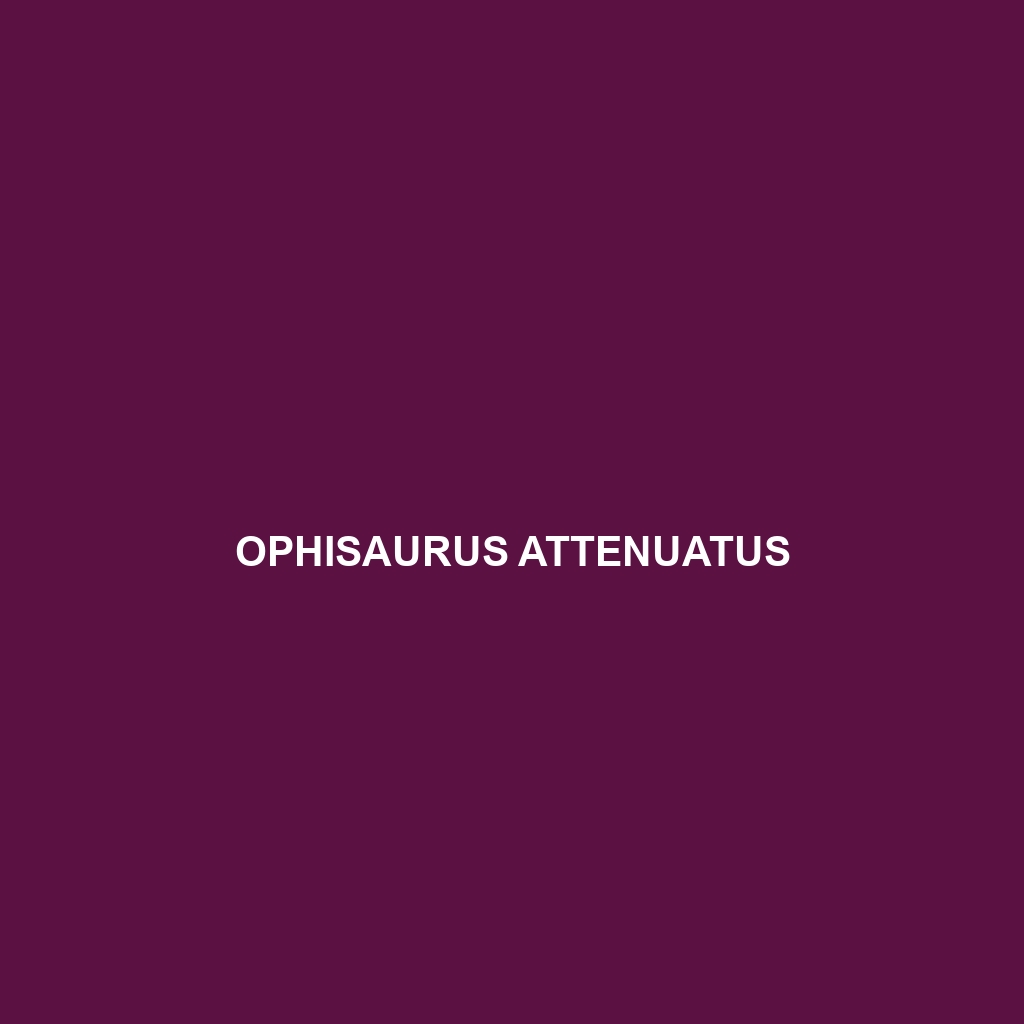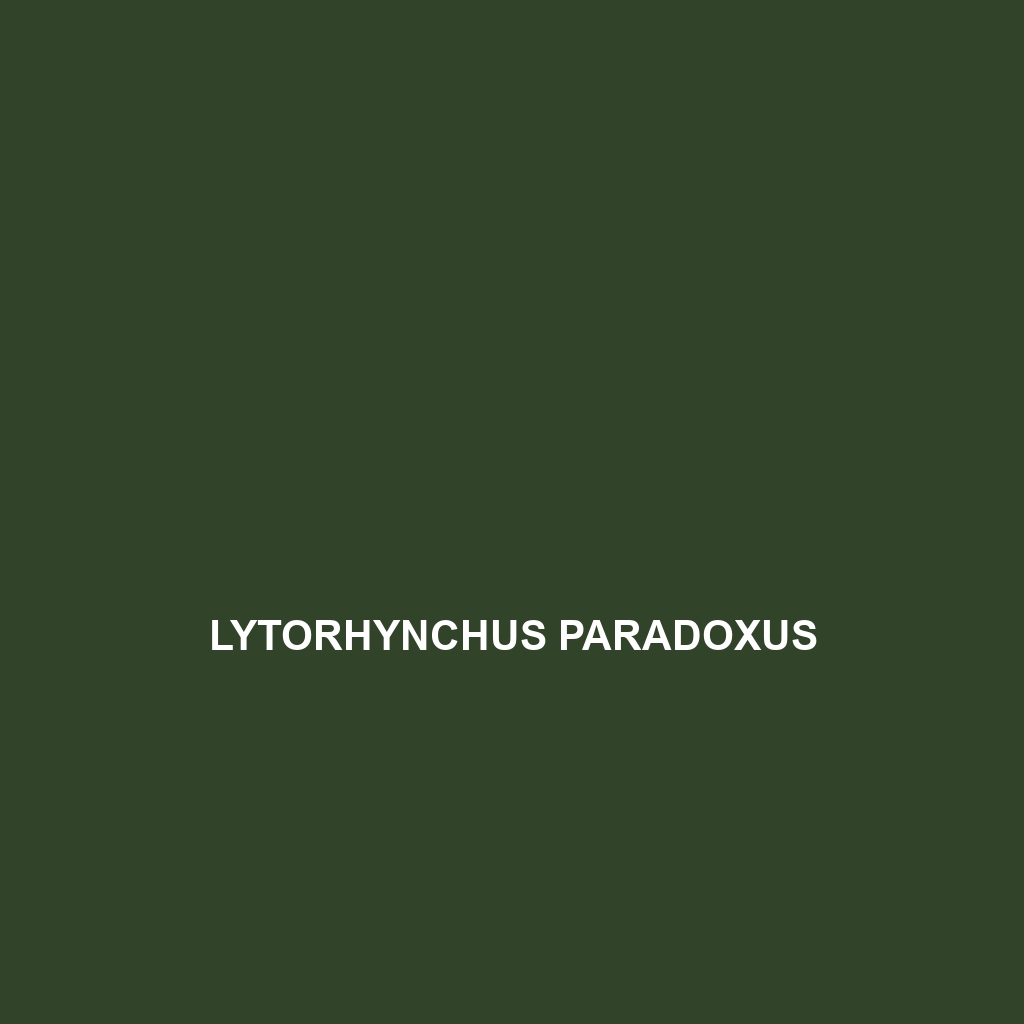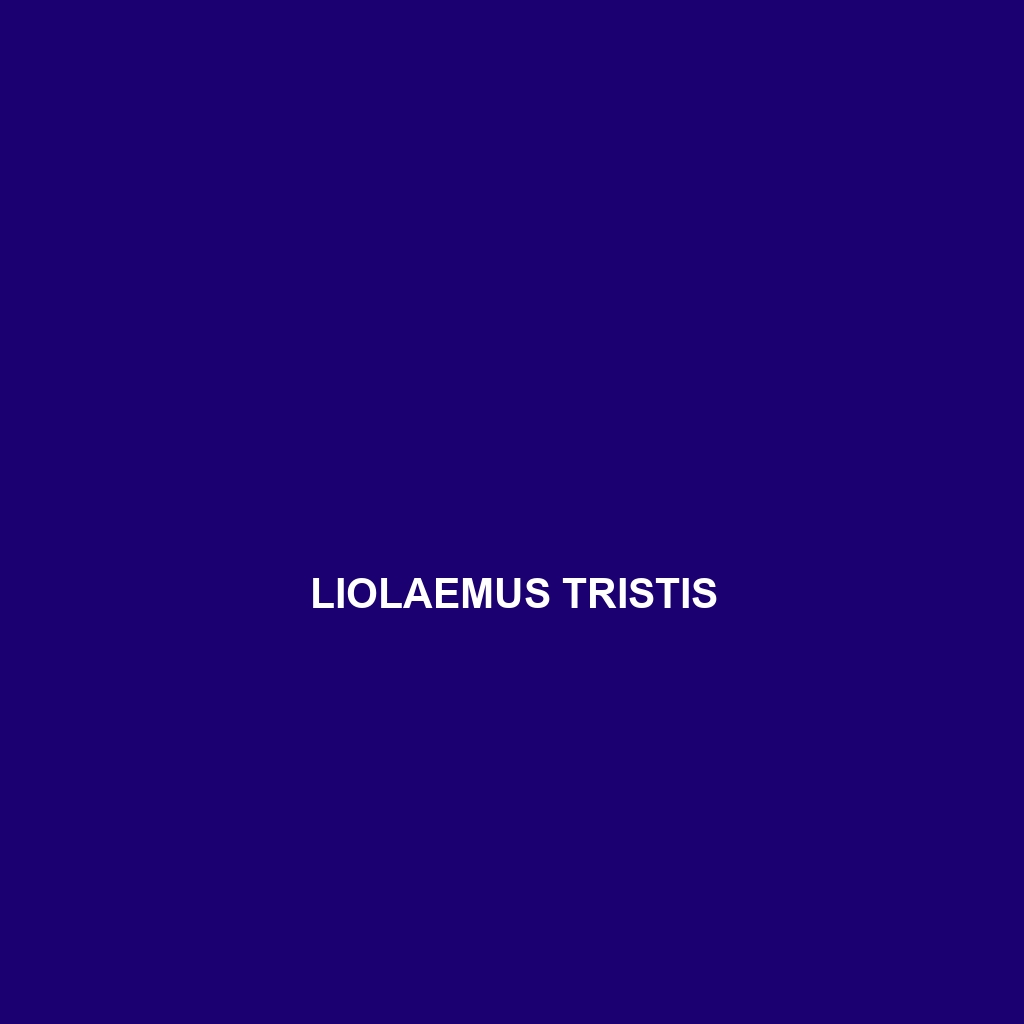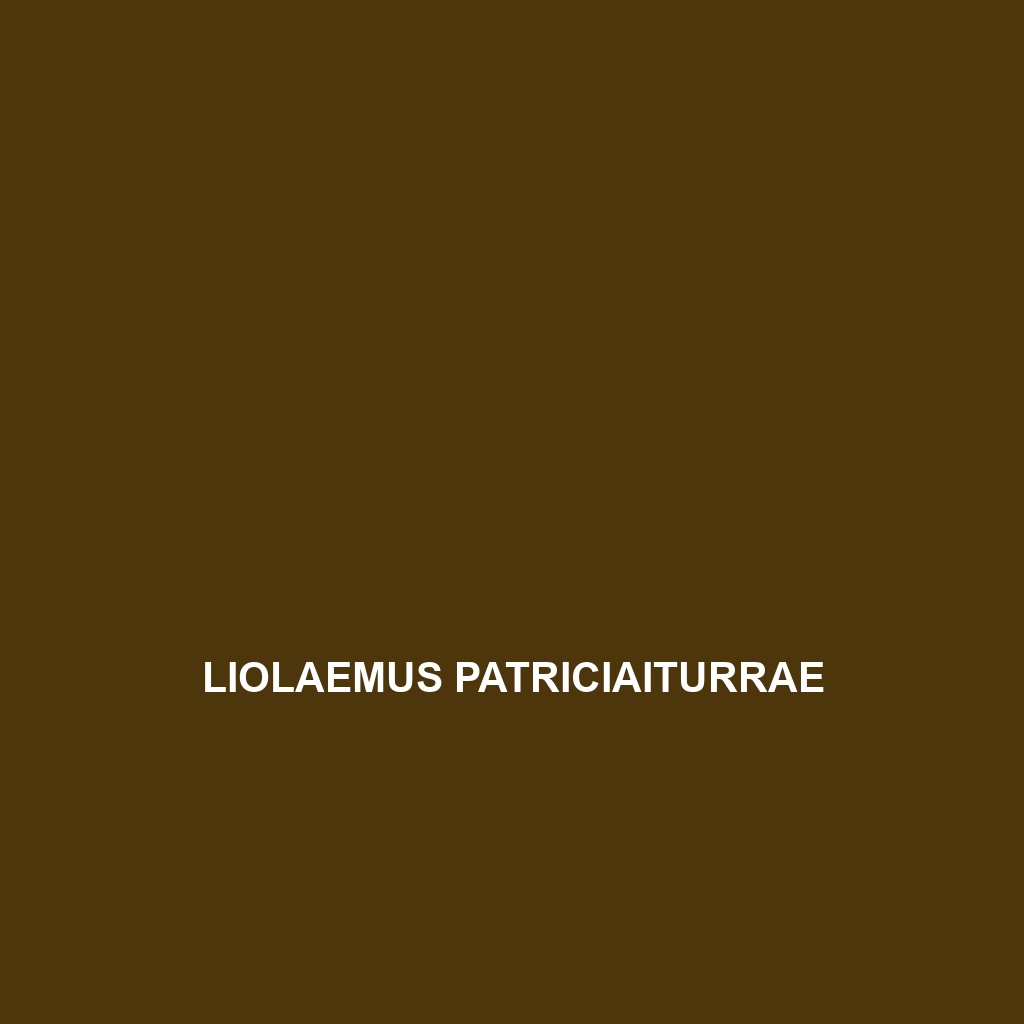Introducing the Vlangal's Toad-Headed Agama (Phrynocephalus vlangalii), a remarkable reptile native to Central Asia's arid regions, known for its distinct flat body and coloration that aids in camouflage. These diurnal insectivores exhibit fascinating burrowing behaviors and play a vital role in maintaining the ecological balance of their habitat.
Tag: lizard morphology
Pachydactylus namaquensis
Discover the Pachydactylus namaquensis, or Namaqua gecko, a medium-sized lizard native to the arid regions of Southern Africa, known for its exceptional climbing abilities, diverse colors aiding in camouflage, and nocturnal habits. This resilient insectivore thrives in rocky, semi-arid environments, playing a crucial role in controlling insect populations and maintaining ecological balance.
Ouroborus cataphractus
Discover the intriguing Ouroborus cataphractus, or armadillo girdled lizard, renowned for its unique armored appearance and nocturnal behavior. Native to the dry, semi-arid regions of southwestern Africa, this insectivorous lizard can curl into a ball for protection, making it a fascinating addition to any reptile collection.
Ophisaurus attenuatus
Discover the Slender Glass Lizard (Ophisaurus attenuatus), a unique, legless reptile found in the southeastern United States, known for its impressive length of up to 3 feet and smooth, shiny skin. With a diet primarily consisting of insects and a fascinating defense mechanism of tail autotomy, this adaptable species plays a vital role in maintaining ecological balance.
Microgecko persicus
<p><b>Microgecko persicus</b>, the Persian microgecko, is a small, nocturnal lizard measuring 6 to 10 cm, known for its sandy beige coloration that provides excellent camouflage in arid habitats of Iran and Afghanistan. This resilient insectivore thrives in rocky and sandy environments, contributing to ecological balance by controlling insect populations.</p>
Lytorhynchus paradoxus
<p><b>Lytorhynchus paradoxus</b>, also known as the paradoxical worm lizard, is a slender, nocturnal species native to the rainforests and savannas of Central and South America. This insectivorous lizard plays a crucial role in its ecosystem, controlling insect populations while exhibiting unique burrowing behaviors and remarkable adaptations for camouflage and survival.</p>
Liolaemus tristis
<p><b>Liolaemus tristis</b> is a slender lizard native to the temperate forests and grasslands of central Chile and Argentina, characterized by its dark brown to olive green coloration, diurnal foraging habits, and territorial behavior. As an insectivore, it plays a crucial role in controlling insect populations within its ecosystem, while its live-bearing reproductive strategy ensures the survival of its young in a variety of habitats.</p>
Liolaemus pseudolemniscatus
<p><b>Liolaemus pseudolemniscatus</b> is a slender, vibrant lizard found in the temperate forests and shrublands of Chile and Argentina, known for its striking coloration and unique behaviors. This insectivorous species thrives in diverse habitats, playing a crucial role in maintaining ecological balance as both predator and prey.</p>
Liolaemus paulinae
Discover the vibrant Liolaemus paulinae, a striking lizard indigenous to the temperate forests and savannas of the Argentine Andes, known for its olive green and brown patterns, agile climbing abilities, and vital role in controlling insect populations. This adaptable species thrives in diverse environments, primarily feeding on insects while exhibiting intriguing mating displays during the warmer months.
Liolaemus patriciaiturrae
<li><b>Liolaemus patriciaiturrae</b>, a medium-sized lizard native to southern South America's temperate forests, exhibits vibrant coloration in males and plays a crucial role as an insectivore in its ecosystem, aiding in insect population regulation.</li>









